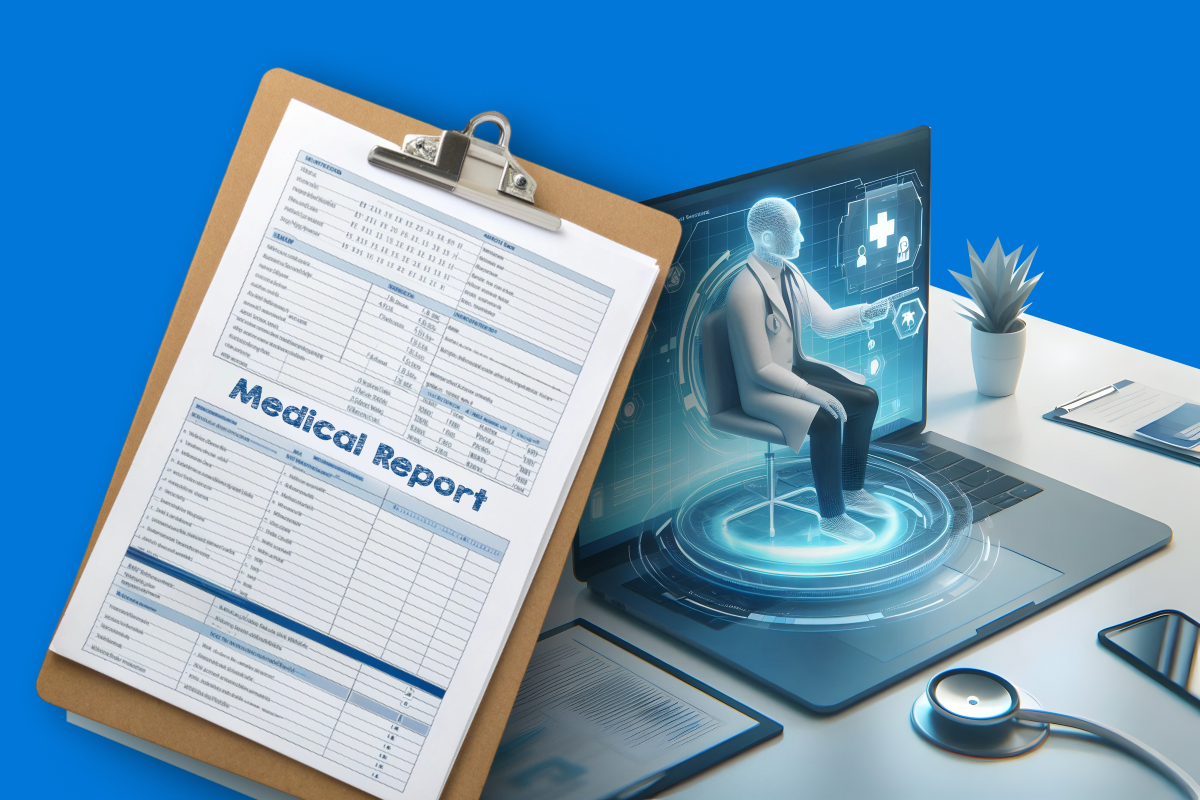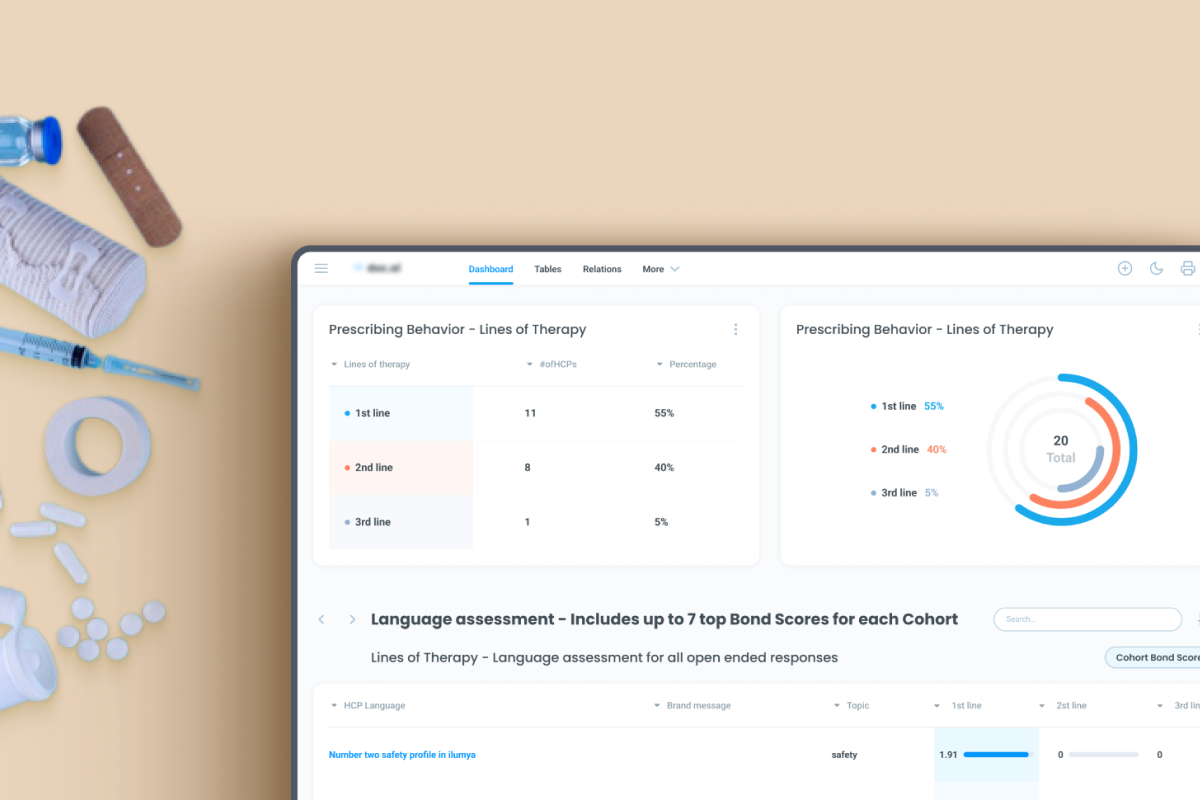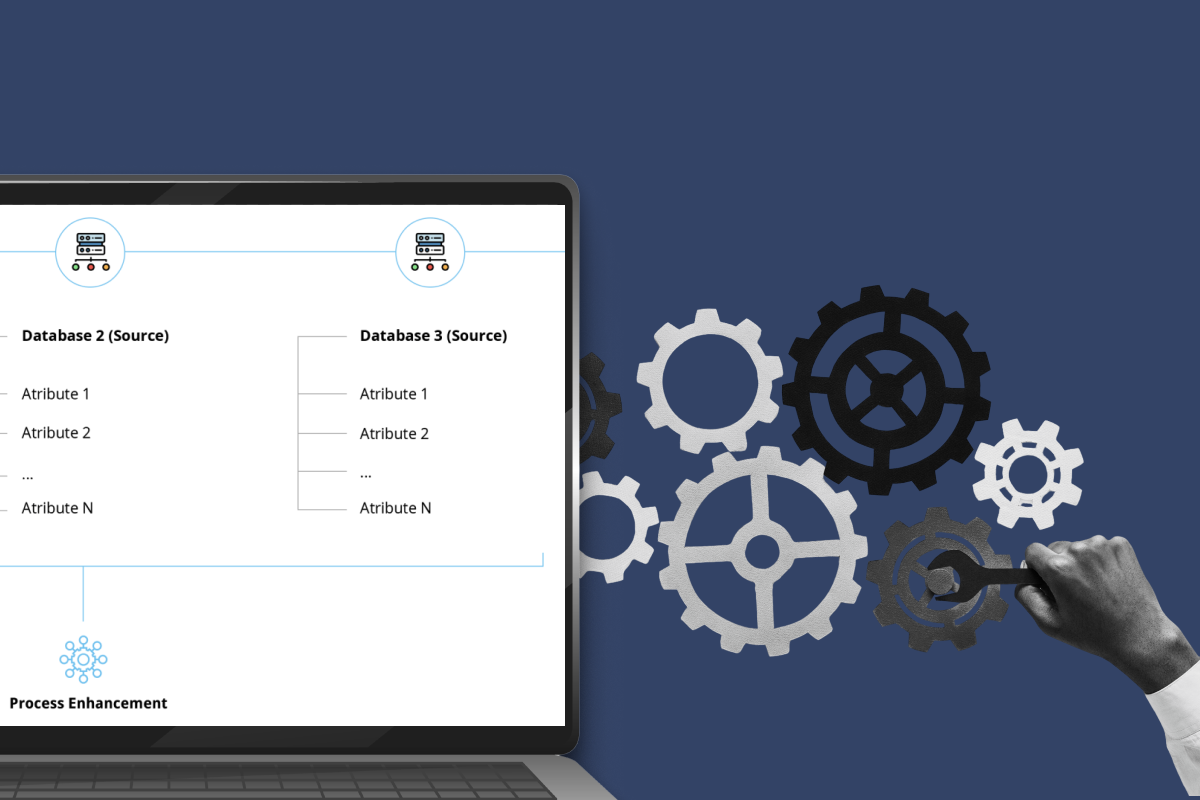All Technologies Used
Motivation
A healthcare company faced challenges managing two separate databases for its Physician and Patient Records modules. Azati was hired to merge the databases, integrate internal Java logic, enhance the user interface, and develop a new recruitment module. These efforts significantly improved system performance, simplified maintenance, and allowed for easier third-party integrations.
Main Challenges
The two main subsystems used different database technologies: PostgreSQL for the Physician Module and Oracle for the Patient Records Module. Merging them into a unified structure was risky, especially considering the massive amounts of data and high user volume.
Enhancing the user interface was complicated by the limited functionality of the ZK Framework. Adding tables for medical conclusions for recruits required vertical and horizontal scaling, necessitating a large amount of custom code.
The team worked remotely, over 5500 kilometers away from the customer, leading to infrastructure problems such as server performance and delays. Automated testing and server reboots caused significant lag, complicating the workflow.
Task descriptions were often vague, and frequent changes in project management slowed progress. The team took a proactive approach to clarify tasks and ensure correct execution.
Our Approach
Want a similar solution?
Just tell us about your project and we'll get back to you with a free consultation.
Schedule a callSolution
Unified Database
- Single source of truth for patient and physician records
- Efficient data migration with integrity checks
- Seamless queries across modules
- Reduced maintenance and integration complexity
Enhanced User Interface
- Custom scalable tables for medical data
- Responsive and role-based UI
- Improved navigation and workflow speed
- Support for high-volume data display
Internal Logic Optimization
- Support for doctor and verified patient roles
- Automated permission management
- Consistent business logic across modules
- Faster and more reliable data processing
PDF Forms and Reporting
- Automated PDF generation for critical forms
- Accurate representation of patient medical data
- Easy access and sharing of reports
- Compliance with medical reporting standards
Recruitment Module
- Step-by-step medical assessment tracking
- Automated health scoring and reporting
- Integration with main patient database
- Streamlined workflow for military medical checks
Business Value
Improved System Performance: Merged databases and optimized logic led to faster processing and reduced downtime.
Enhanced User Experience: UI enhancements and custom components improved usability for doctors, admin staff, and patients.
Simplified Maintenance: Unified structure reduced complexity and facilitated integration with additional modules.
Reliable Reporting: PDF form generation and recruitment module provided accurate and compliant documentation.














